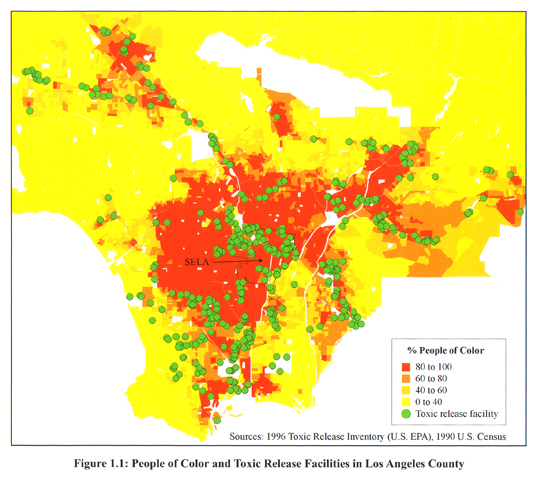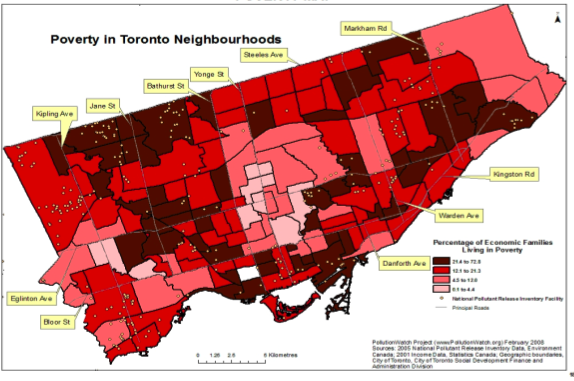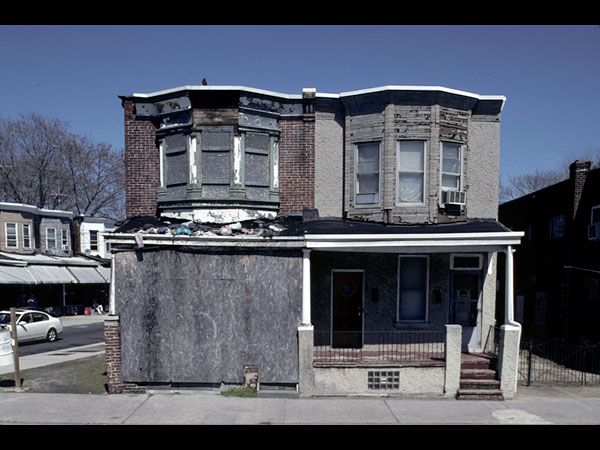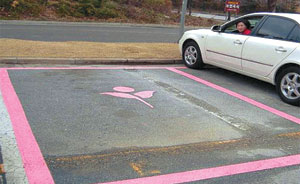Cross-posted at PolicyMic.
I recently came across two really fascinating figures. The United States has a system of “progressive taxation.” This means that the richer you are, the more you pay in taxes. This first figure, found at The American Prospect, shows the percentage of total income earned by Americans (split up into quintiles) and the tax rates for each group. The poorest quintile, then, pays 4.3 percent of their income to the government, but only makes 3.9 percent of all income dollars each year. In contrast, the richest quintile brings home 55.7 percent of all income dollars each year, and pays 25.9 percent of that in taxes.
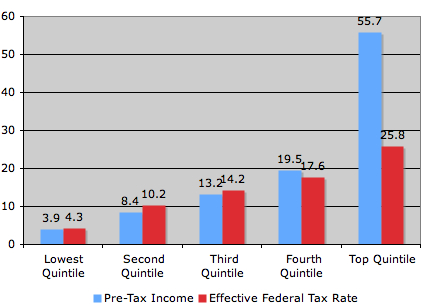
Ezra Klein writes:
When you look at percentage of total tax liabilities, the rich do in fact bear a heavier burden. But it’s because they have so much more money. They are not bearing a heavier burden as a percentage of their incomes. They’re bearing it in relation to everyone else’s incomes… People hear that the top 20 percent pay almost 70 percent of the country’s income taxes and nod their head. That’s unfair! But it mainly seems unfair because people don’t know the top 20 percent accounts for almost 60 percent of the national income.
This second figure (from Matthew Yglesias via Thick Culture) illustrates increasing income inequality. It compares the average after-tax income for each quintile, and then the top 1 percent, in 1979 and 2006. During that time, the poorest fifth saw their incomes increase 11 percent, the middle fifth saw their income increase by 21 percent, and the richest fifth saw their income increase by 87 percent. Check out the percent increase for the top one percent!
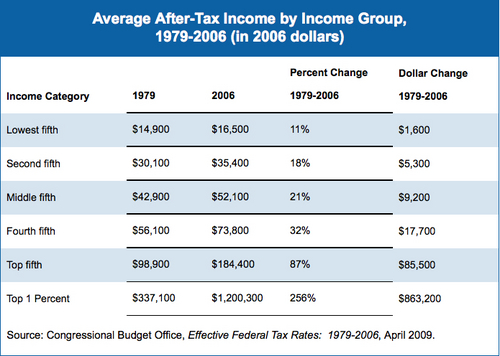
(For more great illustrations of income inequality in the U.S., see here, here, and here; for a comparison of income inequality in the U.S. and elsewhere, see here.)
What does fair look like?
Is this kind of income inequality fair? Is it fair to take a higher proportion of taxes from richer people? Should we be taking even more from the rich? Should we be taking less from any group?
Does it matter where the money is going? I have to admit, I was feeling a little crappy about taxes when we were spending billions of dollars on war, but now that we need to kick start the economy and deal with our debt, I feel fine about them.
Has the economic crisis affected your opinions on (progressive) taxation? How?
Lisa Wade, PhD is an Associate Professor at Tulane University. She is the author of American Hookup, a book about college sexual culture; a textbook about gender; and a forthcoming introductory text: Terrible Magnificent Sociology. You can follow her on Twitter and Instagram.


